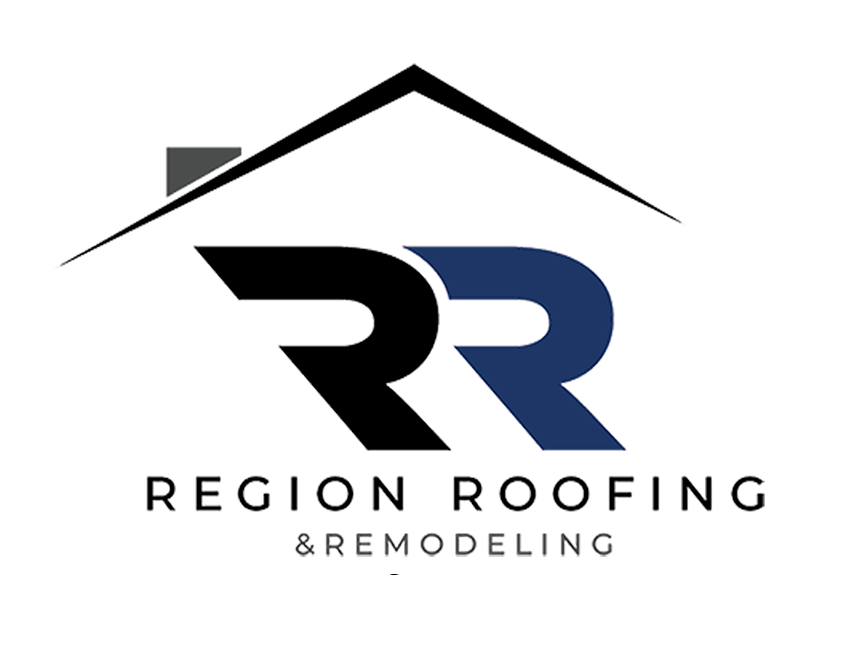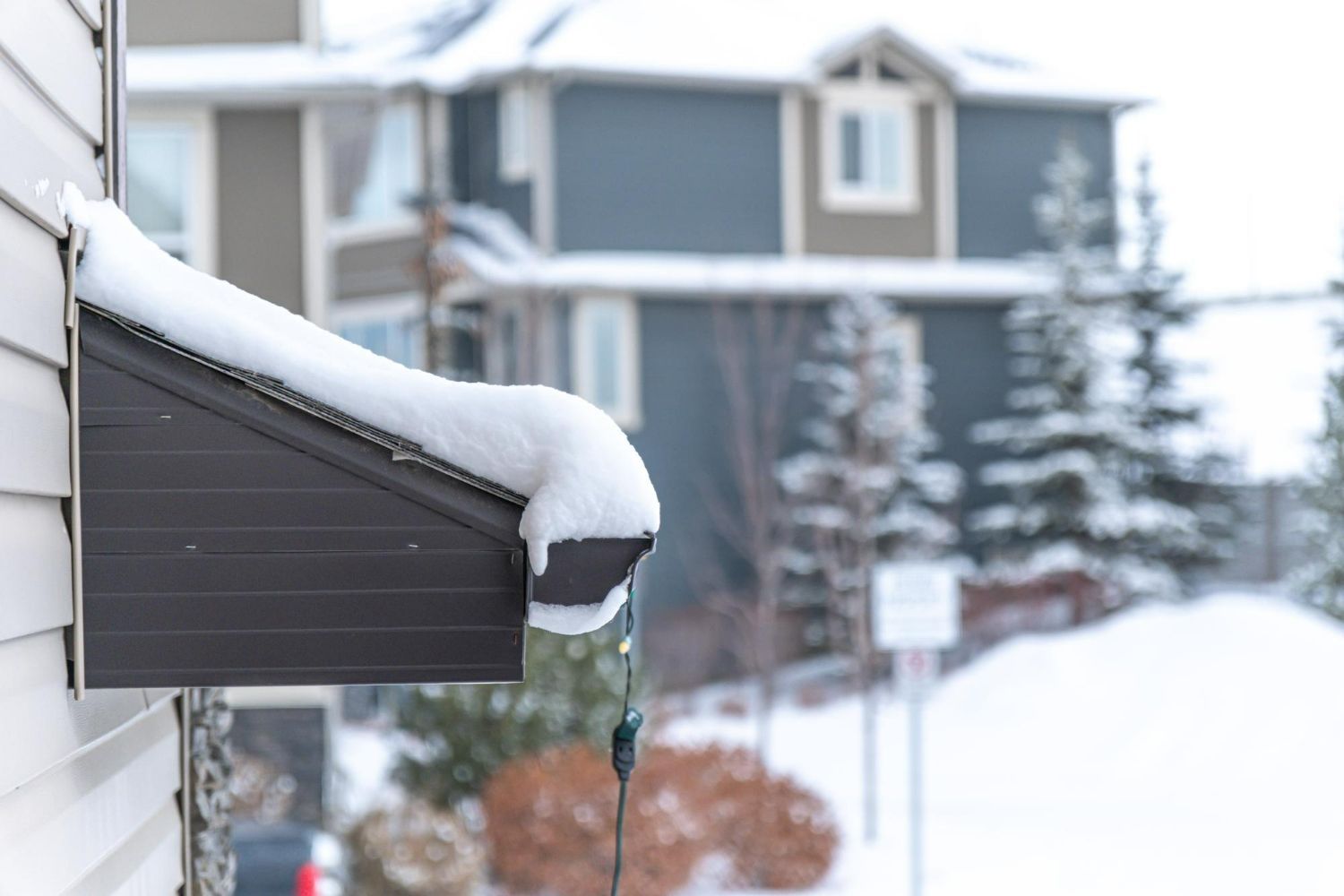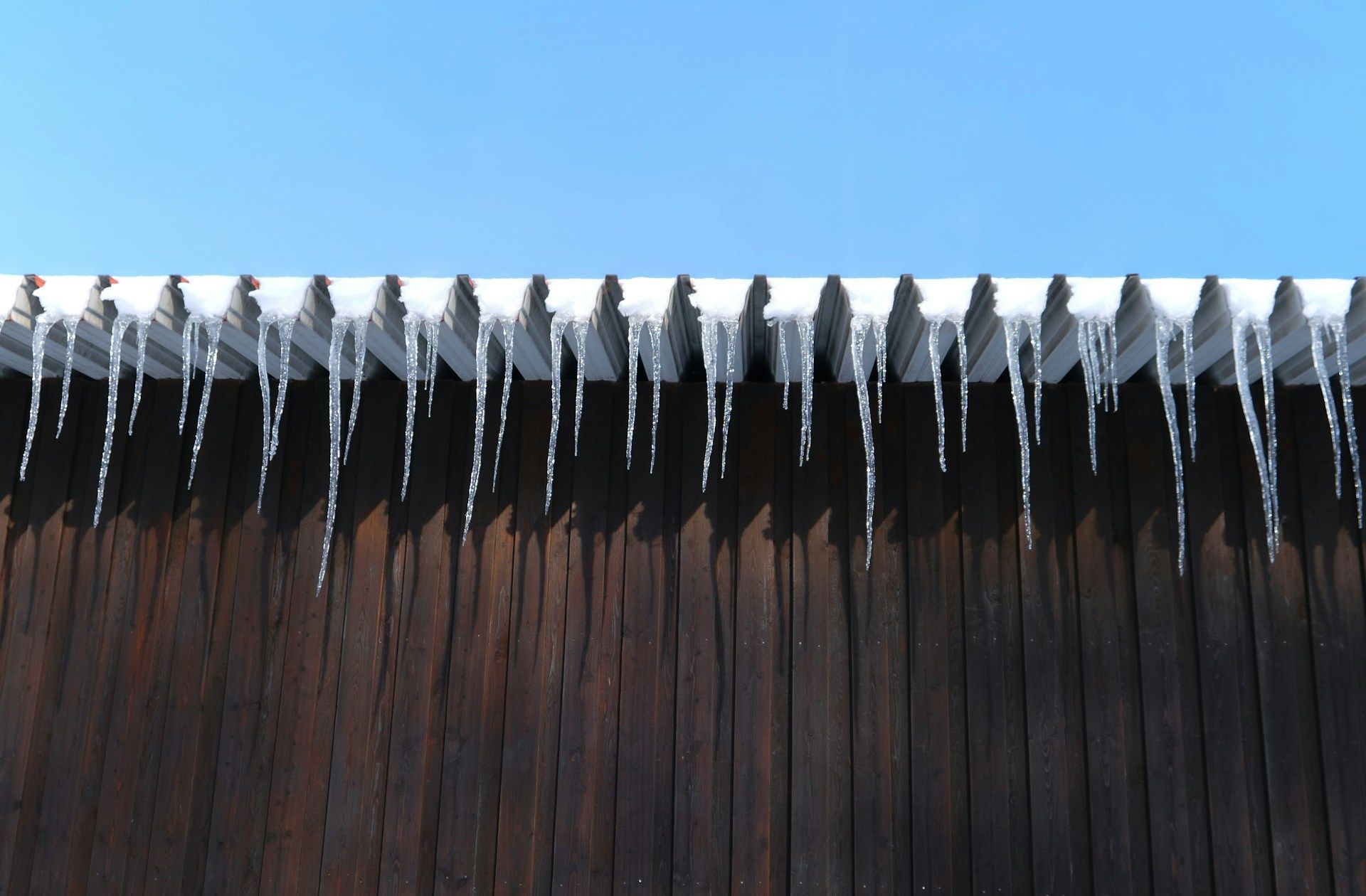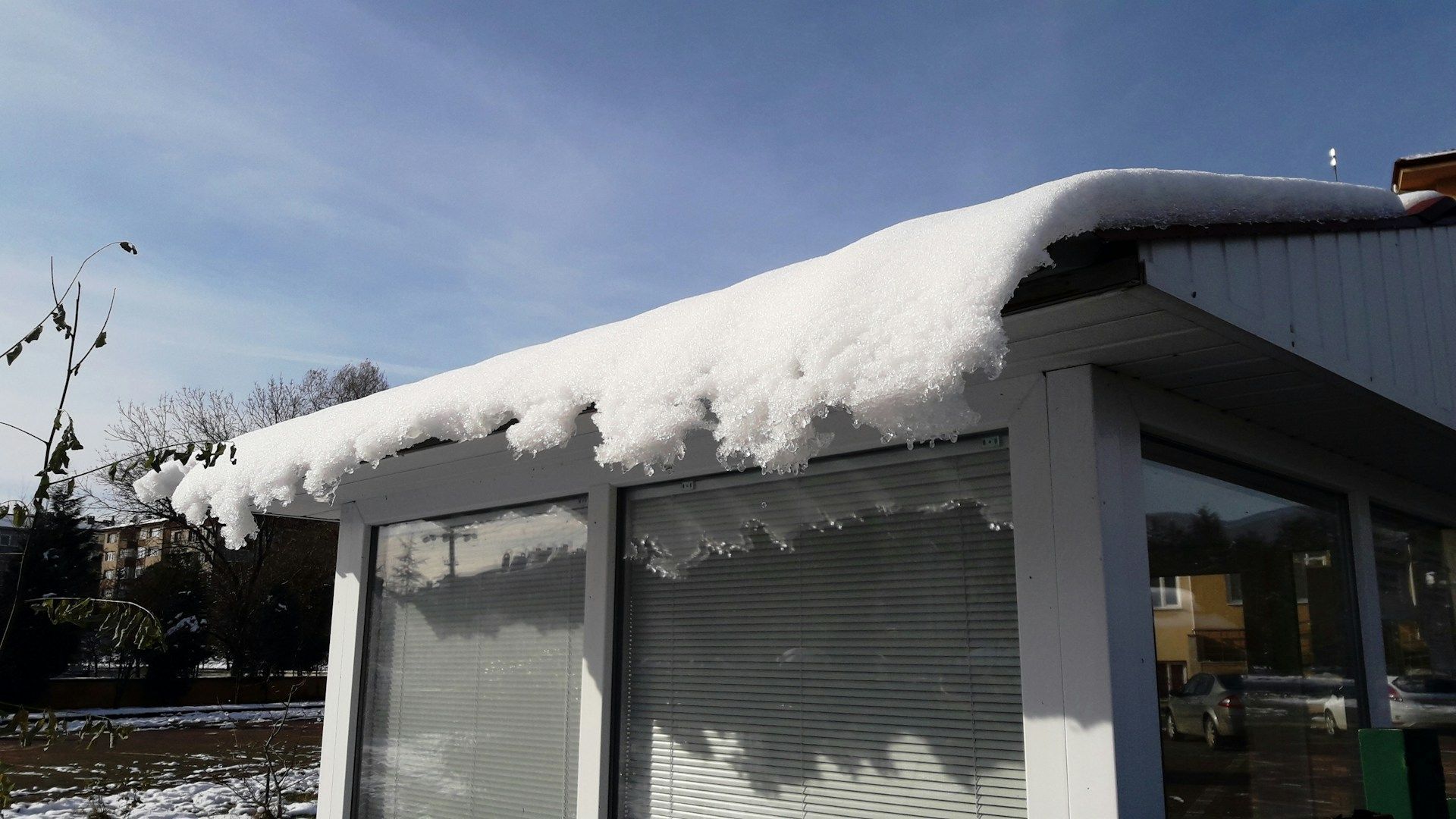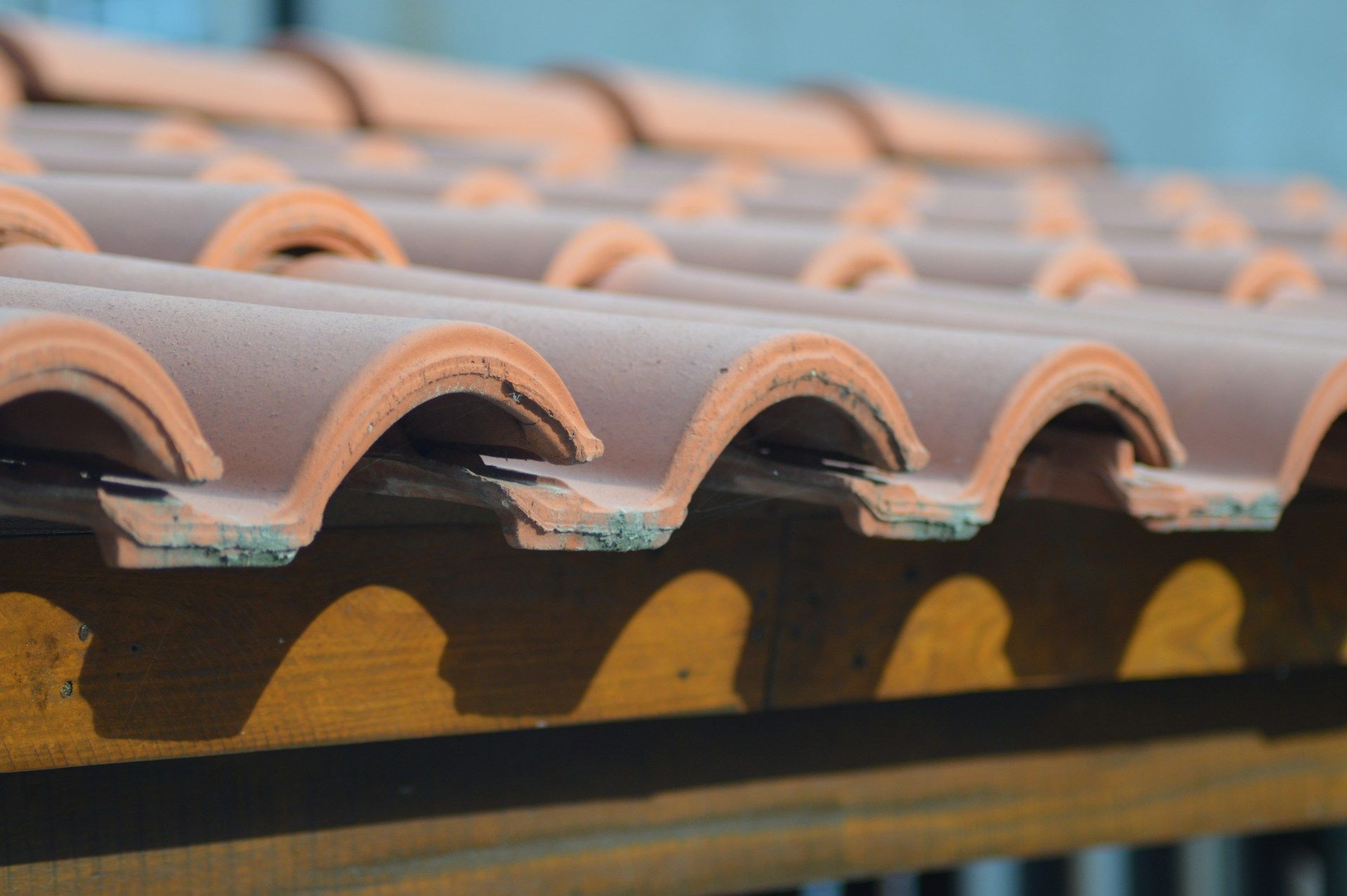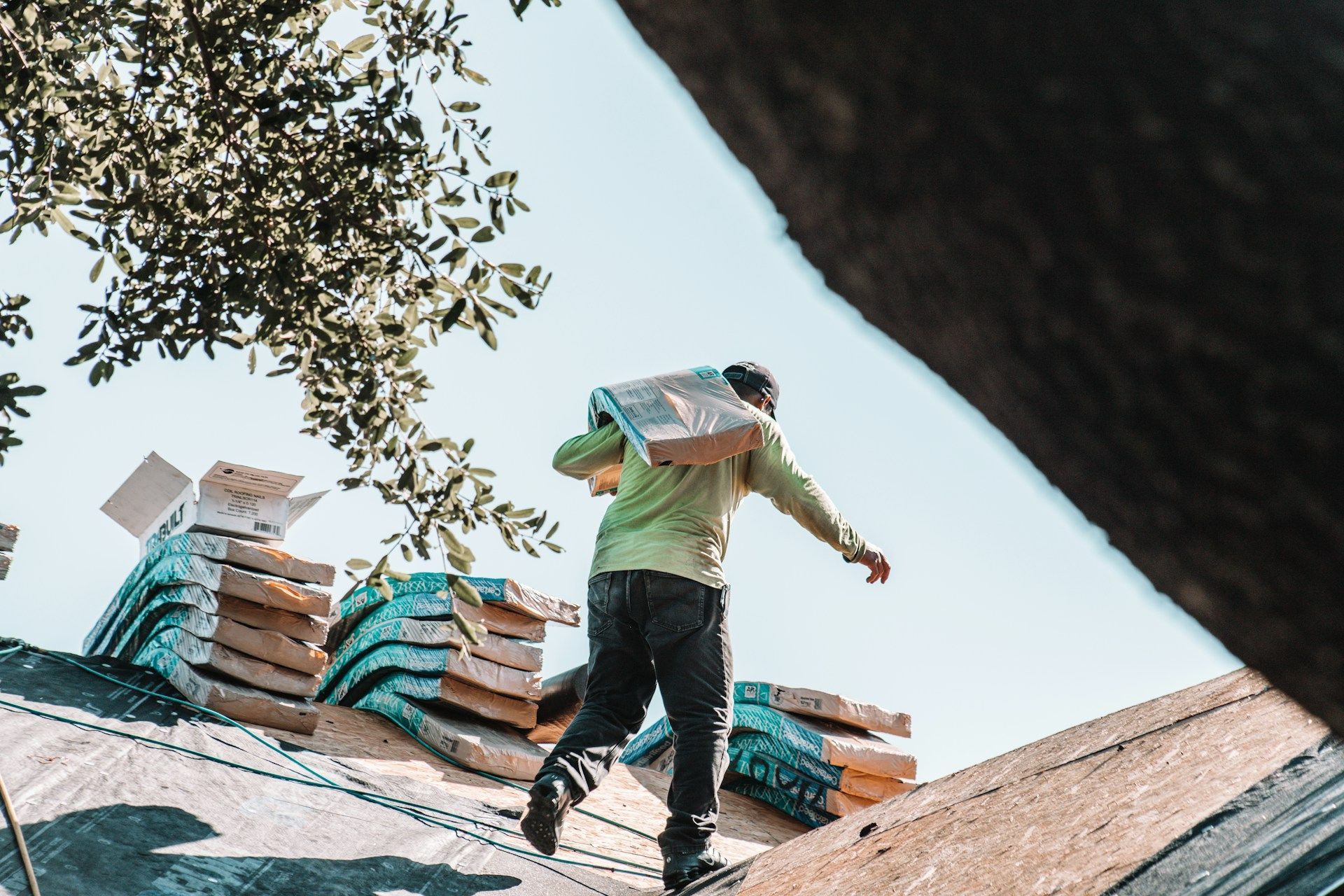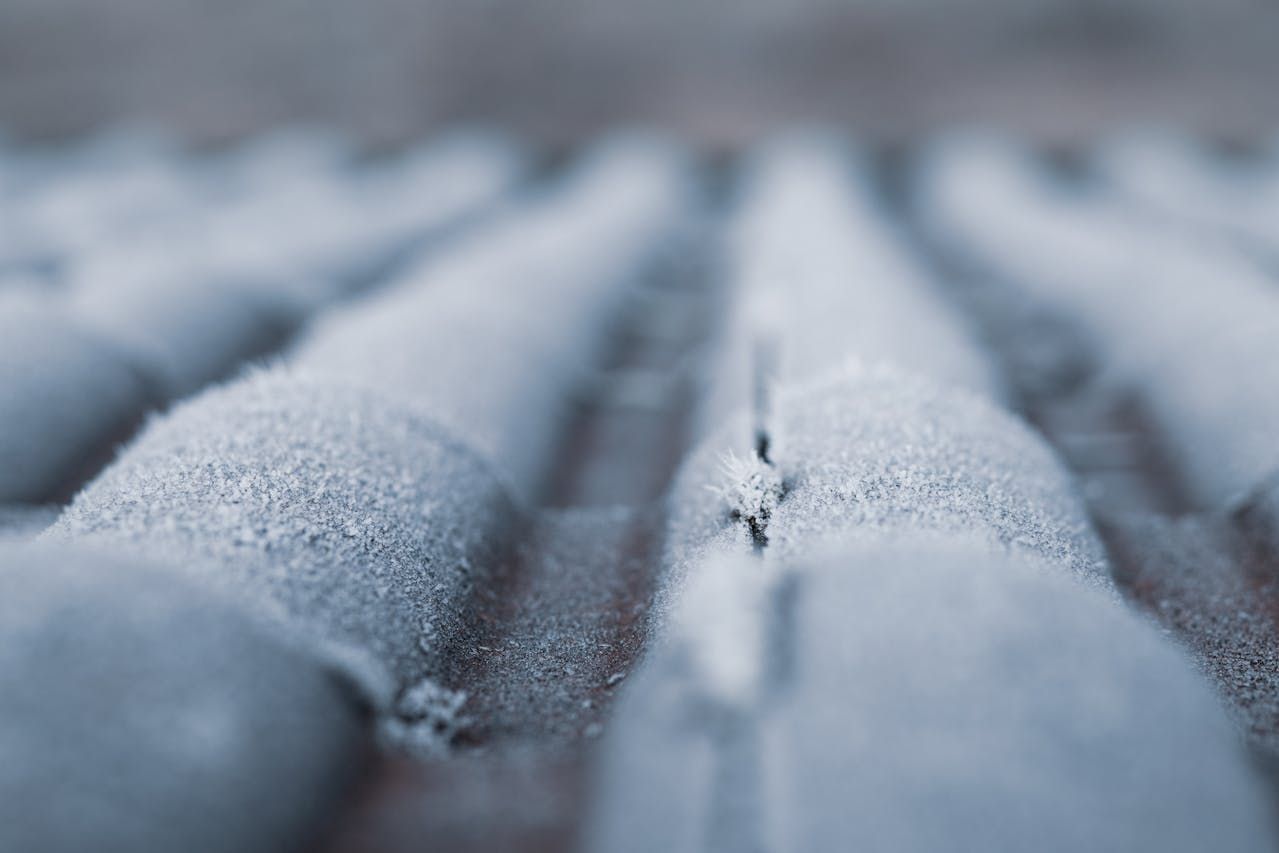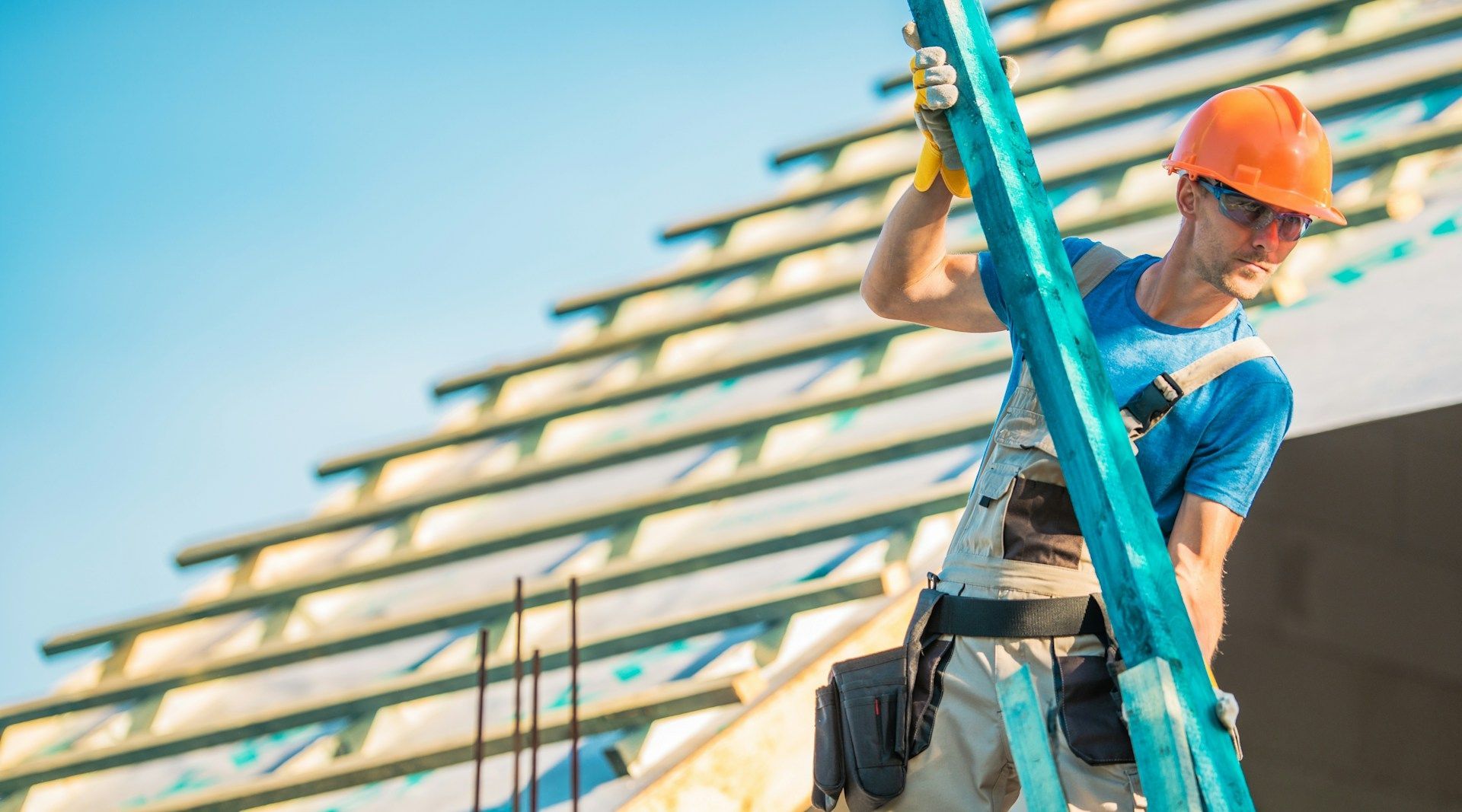Spotting Early Signs of Roof Damage
Your roof plays a huge role in keeping your home safe and sound. It shields you from wind, rain, snow, and more. Over time, roofs can suffer damage from these elements. Spotting problems early is key to avoiding bigger, more expensive issues down the line.
Lots of things can harm your roof, like storms, old materials, or poor installation. Recognizing the early signs of damage helps you fix issues before they worsen. This saves you money and keeps your home comfortable and safe.
Paying attention to your roof's condition can make a real difference. Knowing what to look for means you're ready to tackle small problems before they become big headaches. Take a closer look at your roof — it could save your home from future troubles.
Understanding Roof Damage: Causes and Consequences
Roof damage can occur due to various factors, many of which homeowners deal with regularly. Weather is a common culprit—storms with heavy rain, strong winds, or hail have the power to loosen tiles or shingles and even cause structural damage. Aging materials present another issue. As roofs get older, the materials weaken and become more vulnerable to weather conditions and regular wear and tear.
Poor installation can also lead to problems down the line. If a roof isn’t installed correctly, you might face issues like improper sealing or weak structural areas that fail when exposed to extreme conditions.
Ignoring roof damage can have significant consequences. Untreated problems lead to leaks, which let water seep into your home, causing damage to walls, insulation, and personal belongings. Over time, this can compromise the structural integrity of your home, requiring major repairs. Additionally, water damage can lead to mold growth, posing health risks and necessitating expensive removal.
Early detection is your best ally in preventing these issues. By catching damage early, you reduce the chance of it escalating into major, costly problems. Regular checks and maintenance can help spot these issues promptly, allowing for swift action that saves you money and secures your home.
Visual Indicators of Roof Damage
Early signs of roof damage can often be detected from the ground. There are several visible clues that something might be amiss. A common sign is missing shingles or tiles, which create easy entry points for water. Cracked or curling shingles and sagging areas on the roof are also red flags that require attention.
Aside from these obvious signs, there are less noticeable indicators that should raise concern. Dark spots or streaks could signal a build-up of moisture, while algae or moss growth suggests consistent dampness and can harm the roof's surface. You might also find granules from asphalt shingles accumulating in your gutters, indicating that your shingles are wearing out.
When you notice these signs, it might be time to take a closer look at your roof. This doesn't mean climbing up yourself if it's unsafe—using binoculars or hiring a professional inspection can help assess the problem without risking safety. By paying attention to these visual cues, you remain proactive, allowing you to address small issues before they escalate into larger ones. This vigilance is a simple yet effective way to maintain your roof's health and ensure long-term protection for your home.
Checking the Attic and Interior Spaces
When inspecting your home for roof damage, don't forget to check the attic and interior spaces. These areas can show early signs of trouble before they become visible on the exterior. Look for damp spots, mold, or mildew in the attic, as these indicate water may be seeping through your roof. Water stains or discoloration on your ceilings or walls can signal that a leak is present.
Another critical thing to watch for is unexplained temperature changes inside your home. If certain rooms feel hotter or cooler than others, it might mean your roof is not providing the insulation it should, possibly due to compromised areas. Moisture build-up can also be a clue that there's poor ventilation or a roof leak, especially in less accessible spaces like the attic.
Proper ventilation plays a major role in preventing interior damage. It keeps air circulating, which reduces humidity and the risk of moisture-related problems. By regularly checking these indoor spots, you increase your chances of catching roof leaks early, helping you fix them before they cause significant discomfort or damage.
Regular Maintenance and Professional Inspections
Routine maintenance is essential to keep your roof in top shape. Simple actions like cleaning gutters and trimming branches that hang over your roof can make a big difference. These tasks prevent excess weight and water pooling, both of which can lead to damage over time.
Beyond these basic chores, professional inspections offer a deeper level of care. Experts can spot issues you might miss and provide solutions before problems grow. They check everything from shingles to flashing and assess the overall integrity of the roof. Scheduling professional inspections at least once a year is a good idea. After major storms, an extra inspection may be wise to ensure no new damage has occurred.
During a professional roof check, you can expect a detailed report on your roof's condition. This might include photos of problem areas and recommendations for repairs or maintenance. Staying proactive with regular checks protects your home and can significantly extend the life of your roof.
Conclusion
Spotting early signs of roof damage is crucial for every homeowner. By keeping an eye on both external indicators and internal symptoms, you can protect your home and save on costly repairs. Routine maintenance and professional inspections are key elements in preserving your roof's health. Taking these steps routinely not only prolongs the roof's lifespan but also ensures that your household remains safe and dry.
If you've spotted any warning signs or want to ensure your roof is in peak condition, Region Roofing & Remodeling is ready to help. With expert Indiana roofing inspections and maintenance services, we can address any issue and provide peace of mind. Contact us today to schedule an inspection and keep your roof at its best year-round.
